Table of Contents
Not all cardboards are suitable for composting. Some types can be recycled or upcycled. Generally, clean and unbleached cardboards are fine to compost. They provide the pile with carbon, which composting microorganisms use as an energy source. The fibrous wood pulp can also absorb excess moisture in a watery compost.
Composting cardboard allows you to reduce methane emissions from modern landfills and minimize your carbon footprint. Additionally, you can create a nutritious soil additive to promote plant growth in your garden.

People often send these helpful packaging materials to landfills, but you can repurpose them in numerous creative ways. Some U.S. states have established laws to handle such waste sustainably from commercial, public, and residential areas. If home composting isn’t possible, you can contact your nearest commercial recycling or industrial composting facility.
Types of Cardboard for Composting
Not all cardboards are created and treated the same. Common household items like unbleached cardboard, or (paper!) egg cartons, and brown cardboard packing, are safe to compost. Paper towel rolls and toilet paper rolls made with unbleached cardboard can also be added. When cut down, greasy pizza boxes without any wax or glossy inner coating are excellent carbon sources for composting microorganisms.
Read on for the different types of cardboard suitable for composting.
Corrugated Cardboards
Commonly used for packaging, corrugated cardboard is made out of heavy, unbleached paper pulps from recycled timber, woodchips, and other lumber mill wastes. The board is characterized by a fluted sheet of paper pulp that is sandwiched between a pair of flat linerboards. By shredding this cardboard into small pieces, you can safely add it to your compost heap as a high-carbon material.
Flat Cardboards
Household goods and food items are often contained in flat cardboard boxes. Instead of throwing them away after use, collect these flat-surfaced cardboards and compost them with other organic materials to nourish your garden.
How to Compost Cardboard
A few key steps should be followed before composting your cardboard waste. Aim for the optimal composting conditions for better compost quality.
Preparing Cardboard for Composting
Before adding compostable cardboard to the pile, check the surfaces and remove any nonbiodegradable components: acrylic, cellophane, foil, plastic liners, staples, and tapes. Omit any sticky labels as these materials do not decompose like the rest of the organic materials. Including these materials may cause microplastics and other toxic chemicals to leak into your compost.
You should shred cardboards before adding them to your compost pile or compost bin. If you don’t cut them into smaller pieces, large sheets of cardboard will decompose more slowly. Additionally, it can be difficult to turn the pile with these chunks in the compost. Here are some shredding techniques suitable for cardboard.
Classic Shredding Method
Use a sharp box cutter to slice your compostable cardboard. To easily cut through thick, corrugated cardboard, follow the lines of the corrugation rather than cutting against them. Cut the cardboard into 8-inch strips and further reduce their size to 1-inch pieces.
If this preparation seems too labor-intensive, consider using a heavy-duty electric shredder. Mechanically shredded cardboard pieces work well for vermicomposting because they are lightweight. Composting organisms can easily break them apart.
Wet Card Technique
Soaking your cardboard in water softens the pulp, making it easier to tear. To start this method, fill a large tub with water and submerge your compostable cardboard for two weeks. The soaked cardboard will break apart effortlessly as it begins to decompose.
Chipper Solution
Processing cardboard for composting can be time consuming. You can shred it conveniently and instantly by using a wood chipper or shredder outdoors. Omit any nonbiodegradable materials from your cardboard, roll it, and slowly insert into the chipper’s mouth.
In seconds, you get evenly shredded cardboard pieces ready to use for composting.
Optimal Composting Conditions for Cardboard
For speedy composting, balance your shredded cardboard pieces as carbon-rich brown materials with nitrogen-rich green kitchen waste like coffee grounds, fruit scraps, and vegetable trimmings. Fresh grass clippings also make great additions as green ingredients. To ensure proper composting, maintain a carbon to nitrogen ratio of 25 to 30 parts brown ingredients for every 1 part green ingredient.
If your cardboard pieces seem too dry, adding water can help with the decomposition process. However, avoid adding too much water to the pile, as this can create an anaerobic condition, potentially causing a smelly compost. To minimize a watery compost, add more carbon materials like wood chips or sawdust, and aerate the pile thoroughly.
Cardboard enhances your compost heap’s overall structure and microbial activity. By creating air pockets within the pile, shredded cardboard allows oxygen to penetrate the organic materials. This is especially useful for hot composting, as it maintains the ideal temperature range of 90 to 140 degrees Fahrenheit to “cook” organic materials.
Keep these conditions in mind to avoid issues with composting cardboard and produce a successful compost.
How Long Does Cardboard Take to Compost?
The time it takes for cardboard to compost depends on its preparation and various environmental factors. Large pieces of cardboard can take 6 to 8 months to break down completely. However, shredded and soaked cardboard decomposes faster, often within three months, in a well-managed pile.
How Cardboard Affects the Composting Process
Shredded cardboard pieces work well as absorbents for excess moisture in a mismanaged pile. They are readily available at home and have a fibrous nature.
Impact on Decomposition
Cardboard supplies your compost pile with enough carbon as an energy source for microbial activity. It is a crucial building block for microbial cells. Cutting compostable cardboard into smaller pieces helps speed up decomposition. Distribute shredded cardboard evenly and turn the pile to prevent clumping. If your compost pile becomes dry, add water as needed.
Microbial Activity
The carbon in shredded cardboard supports microbial activity within the pile. A good balance between carbon and nitrogen is needed to sustain the decomposition of organic wastes. Avoid adding uncut cardboard to your compost pile or compost bin as it may slow down the composting process.
Temperature and Moisture
Cardboard helps conserve heat within your compost, specifically in hot compost heaps. It allows oxygen to reach the waste through air pockets. When a pile is well aerated, it’s easier to maintain optimal temperatures between 90 and 140 degrees Fahrenheit.
If you find excess water in your compost pile, adding shredded cardboard is a convenient solution. Cardboard effectively absorbs moisture while contributing carbon to the pile.
Potential Issues With Composting Cardboard
Cardboard does not usually cause any issues within the compost pile. However, without proper management, these carbon-rich materials may contribute to common problems when composting organic wastes.
Will Composting Cardboard Attract Pests?
Shredded, compostable cardboard does not attract pests. If pests become a problem, it is likely due to other organic wastes added to the pile or bin. To avoid this issue, bury your food scraps, fruit wastes, or vegetable trimmings deep within the pile and layer them with carbon-rich materials.
Will Composting Cardboard Cause Odors?
Unpleasant odors should not be a problem when composting cardboard in a well-maintained pile. Most often, smells result from anaerobic decomposition, which occurs when your compost heap becomes too wet or lacks air circulation. To minimize this issue, add more carbon materials to reduce moisture, and turn the pile regularly for aeration.
Methods for Composting Cardboard
Choose any of the composting methods below that best suits your lifestyle.
Hot Composting
Cardboard is certainly suitable for hot composting. It helps retain the heat produced by the community of beneficial microbes, which helps cook organic ingredients. When hot composting, maintain the composting temperatures between 90 and 140 degrees Fahrenheit.
In contrast to other composting methods, hot composting requires constant monitoring to keep the pile warm. Regular turning and temperature checks are essential for producing the best compost.
Cold Composting
Ideal for first-time composters, cold composting involves layering green materials, and brown materials and letting nature do its job. It requires less effort compared to hot composting but takes longer to produce healthy compost. Cold composting relies on naturally occurring microbes to break down organic materials without any human intervention during decomposition.
Lasagna Method or Sheet Composting
A variation of cold composting is the lasagna method, also known as sheet composting. Unlike cold composting, you cannot continually add more layers of organic ingredients in this method and shredding is no longer needed.
To compost using the lasagna method, set down your compostable cardboard in a raised bed and spray some water for moisture. Put a 2-inch layer of soil over it and spread your green materials on top. Then, add another layer of high-carbon brown materials and repeat. Continue alternating between nitrogen-rich ingredients and carbon-rich ingredients until you reach the bed’s height.
Let your materials decompose without needing to turn or monitor the pile’s temperature. A sheet compost bed usually takes six months or longer to naturally break down organic materials.
Vermicomposting
Most brown, corrugated cardboard works well as worm bedding for your worm farm. You can use this type of cardboard by shredding it into smaller pieces, which will help it break down faster. If you don’t have a paper shredder at home, you can tear the cardboard by hand or use a pair of scissors. Combine your shredded cardboard with other bedding ingredients, such as coconut coir and untreated wood chips.
Alternatively, you can mix shredded, corrugated cardboard with other kitchen wastes as food sources for the worms. However, remember it is not recommended to feed the worms with cardboard alone. A varied diet will lead to a healthy worm farm.
Steer clear of processed cardboards that are bleached, glossy, or dyed with saturated ink because they can be toxic to worms.
Bokashi Composting
Some Bokashi composters do not recommend adding cardboard waste to your Bokashi bin because it provides minimal nutrients to the compost. Additionally, cardboard pieces can take up space meant for food waste.
Alternatives to Composting Cardboard
Composting alternatives are available to sustainably make use of cardboard. Give this common household waste a second life.
Industrial Composting of Cardboard
If you don’t have a home compost, large-scale organic composting might be right for you. Industrial composting facilities can accept cardboard and other organic wastes from your household. Reach out to your nearest facility to find out how they accept such materials. Some even offer curbside pick-ups!
Recycling Cardboard
Corrugated cardboard has a 96.5% recycling rate in 2018 (among paper and cardboard products). Due to its durability, the paper fibers from recyclable cardboard can be downcycled into paperboard and other paper products.
Pizza boxes can cause contamination from pizza oils, and some recycling programs do not accept this kind of waste. You can either throw them in an appropriate bin or cut out the oil-stained parts. Additionally, wet cardboard is not good for recycling because the fibers tend to become stiffer after drying. They are also heavier with the excess moisture.
Coated cardboards have nonbiodegradable elements that can release chemicals harmful to your compost. Some recycling centers are advanced enough to separate nonorganic elements from the cardboard pulp. Check with your nearest facility to confirm.
States like Columbia, New Jersey, Pennsylvania, Rhode Island, and Wisconsin have mandated paper and cardboard product recycling. Seattle and Cleveland also offer recycling programs for organic household waste. Find the nearest recycling facility in your area using this recycling locator.
Upcycling Cardboard
Cardboard waste has huge reuse value for your home and garden.
For Storage
Used cardboard boxes make excellent storage containers. You can store your documents and other trinkets without needing store-bought boxes. If you’re moving out, sort and carry your important belongings inside cardboard boxes. You can decorate or label them to avoid mix-ups. Plus, using these free boxes saves you money!
Cardboard Planters
In addition to composting, you can use cardboard for other gardening purposes. You can transform the cardboard into planters for seedlings or young plants. Just secure the bottom flaps with duct tape and poke holes for drainage. Add garden soil or compost before planting your seeds.
Disposal Options for Cardboard
As a last resort, you should properly segregate cardboard and dispose of them in an appropriate garbage bin.
What Cardboard Shouldn’t Be Composted?
You should discard wax-coated cardboard from your compost pile, as it may pose a risk of chemical contamination.
Shiny and glossy corrugated cardboard may contain polyethylene that can persist as microplastics.
Shiny cardboard treated with inks might have used petroleum-based ingredients that can harm your composting microorganisms. While many contemporary manufacturers use environmentally-friendly, organic fixatives and paints, it’s best to contact them directly to confirm.
Flat, non-shiny cardboards with minimal prints are generally fine to add to your compost pile or compost bin in small amounts. However, if you’re concerned about dye and ink contamination in your compost, discard these colored cardboards to keep the pile purely organic.
White cardboard undergoes a bleaching treatment involving chlorine to effectively take out lignin from the paper pulp. Compost piles and compost bins can tolerate traces of chlorine without affecting their pH levels. However, if soil contamination or bioaccumulative toxins linked to chlorine concerns you, it is best not to compost bleached cardboard.
Safety and Precautions When Composting Cardboard
Carefully remove any nonbiodegradable components like adhesives, cellophanes, plastic liners, or staples from compostable cardboard. Doing this ensures successful decomposition of your materials without the risk of chemical contamination.
After composting activity, wash your hands with soap and running water.
FAQ
Is cardboard really safe for compost?
Unbleached corrugated cardboard and flat cardboard are safe to compost, because they provide vital carbon to the pile and absorb any excess moisture. However, glossy and wax-coated cardboard may introduce chemicals and heavy metals that can harm your composting microorganisms. In small amounts, non-shiny cardboard with minimal print can also be mixed in the pile. Discard it if ink and dye contamination is a concern to keep the pile purely organic.
How do you prepare cardboard for composting?
Remove nonbiodegradable components from your compostable cardboard. Acrylic, cellophane, foil, plastic liners, plastic tape, staples, and sticky labels are some elements to watch out for. Shred the cardboard afterward to accelerate decomposition.
Are cardboard takeout boxes compostable?
Plain, unbleached cardboard takeout boxes are suitable for composting. However, takeout boxes that contain plastic or foil coating on the inside should be disposed of in a proper waste bin. These takeout boxes with glossy inner layers have chemicals that can leak into your organic compost and slow down the decomposition process.



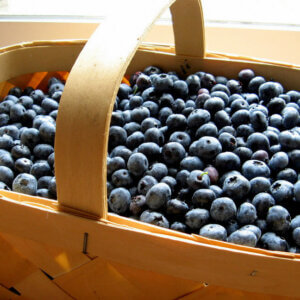
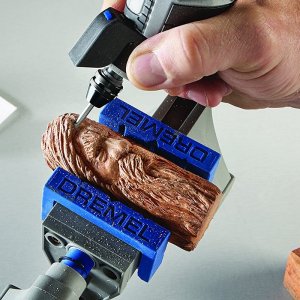



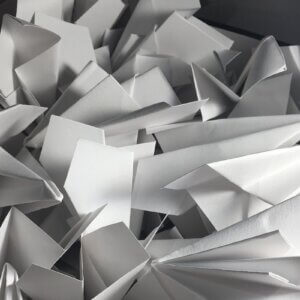

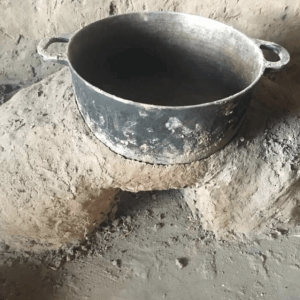
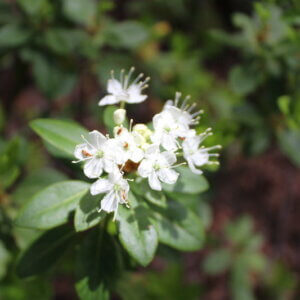


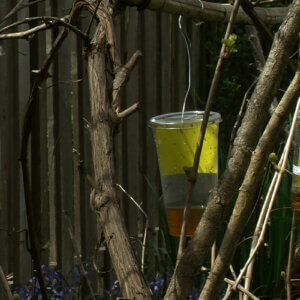






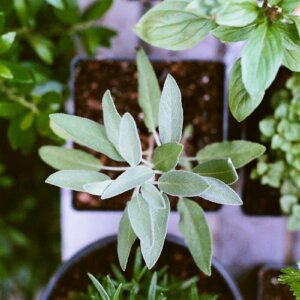


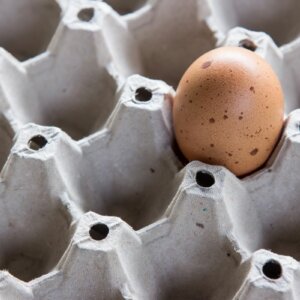



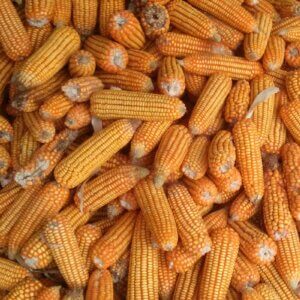



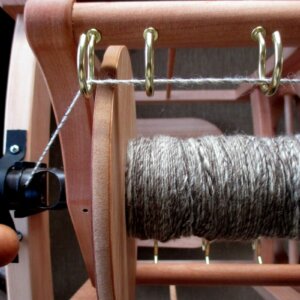
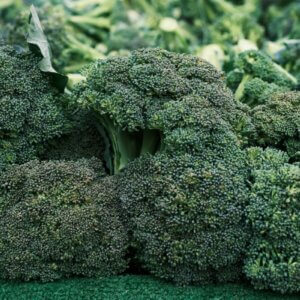





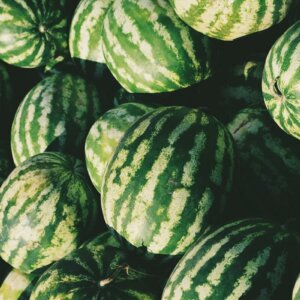

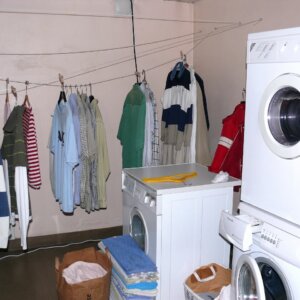
Leave a Reply